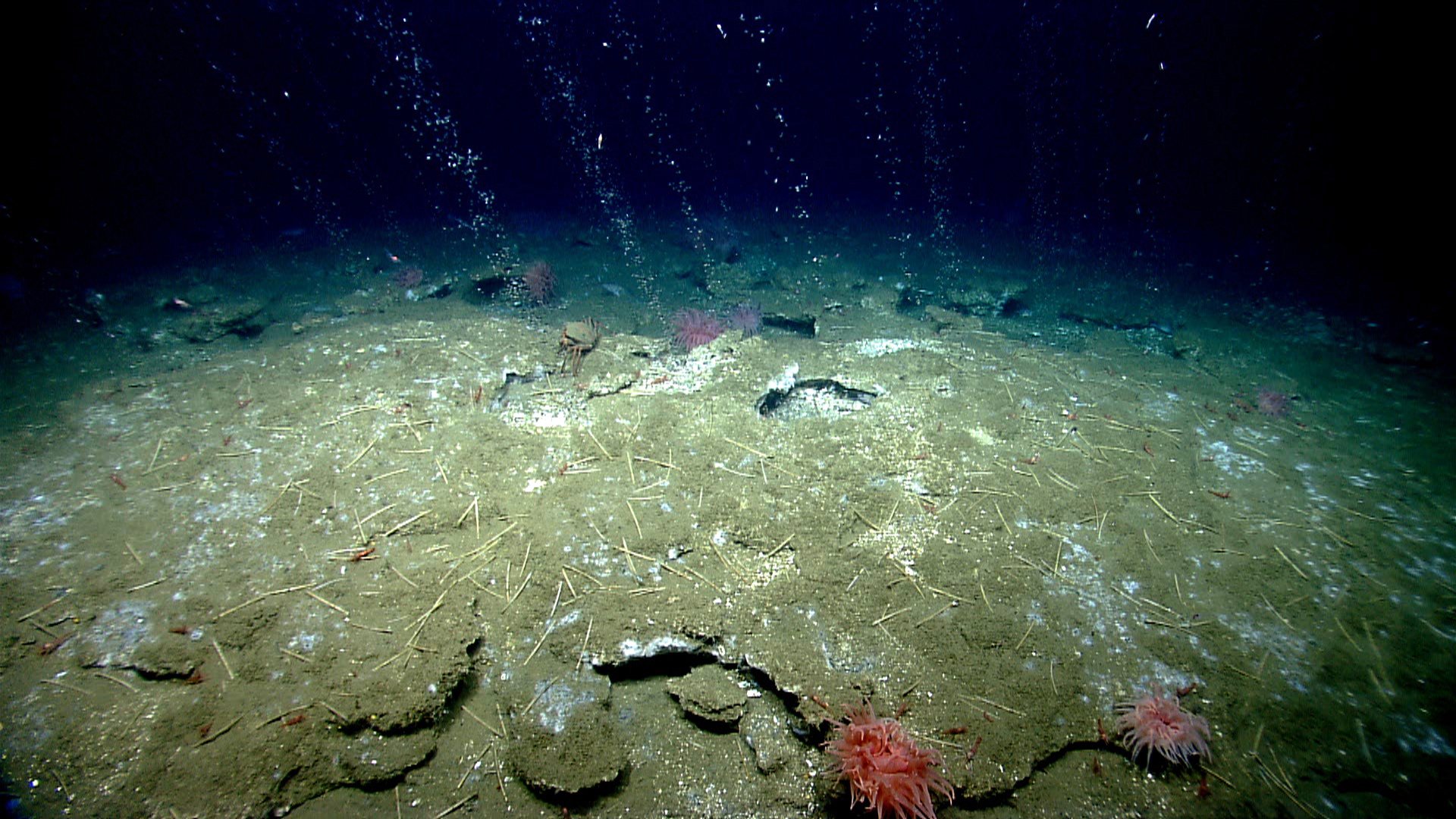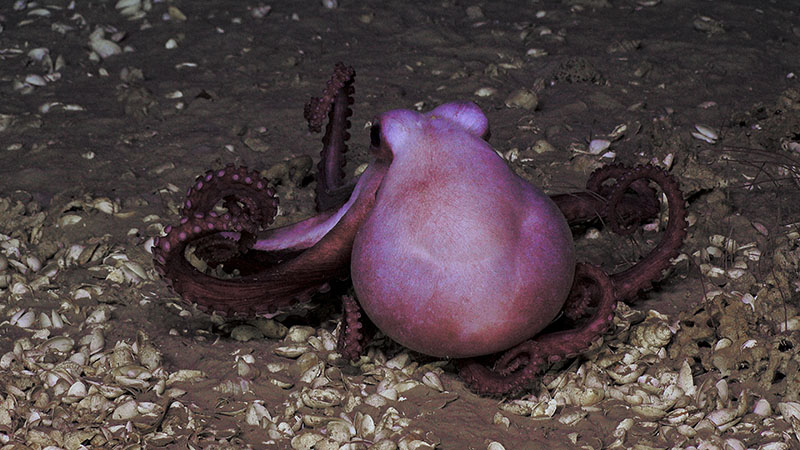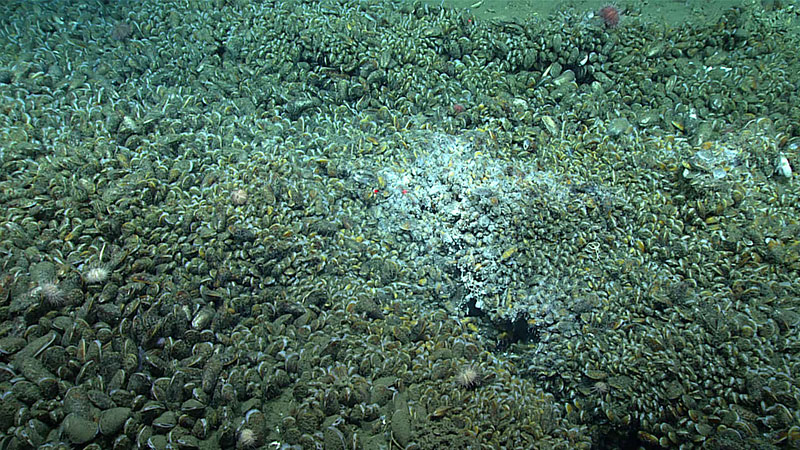
Cold Seeps
Learn About Cold Seeps
Cold seeps are locations where hydrocarbon-rich fluid seeps up from below the seafloor, often as methane or hydrogen sulfide. Cold seeps have been found to support significant chemosynthetic communities, which produce food using chemical energy.
Cold Seeps
All Resources

Are you an educator?
NOAA Ocean Exploration engages educators, students, and the general public to enhance America’s ocean literacy through the excitement of ocean discovery. Dive in here to explore deep-sea phenomena and resources to support classroom instruction and inspire students to better understand our ocean planet.


